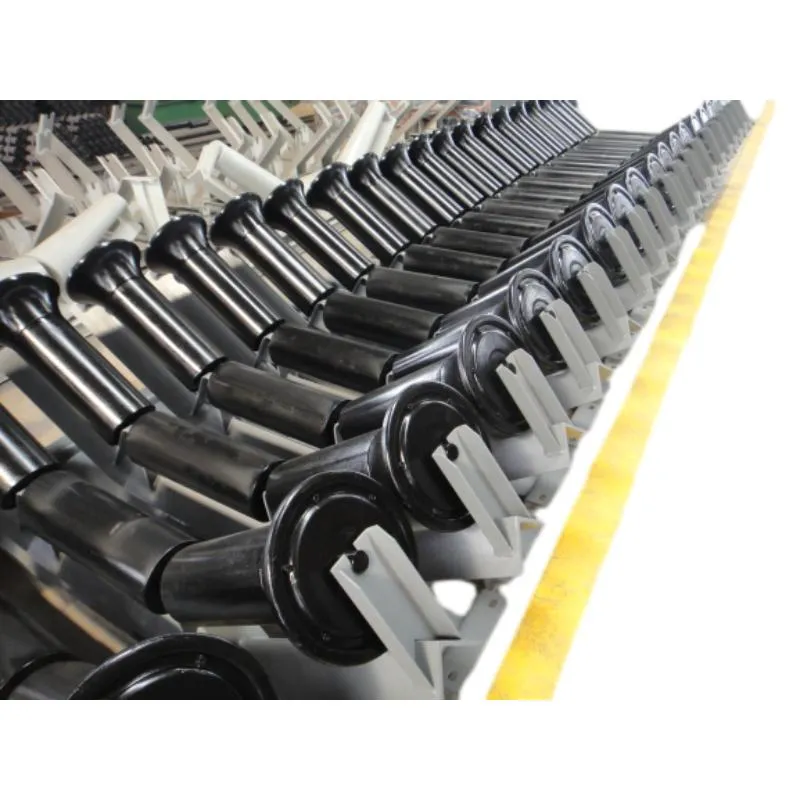 Afrikaans
Afrikaans  Albanian
Albanian  Amharic
Amharic  Arabic
Arabic  Armenian
Armenian  Azerbaijani
Azerbaijani  Basque
Basque  Belarusian
Belarusian  Bengali
Bengali  Bosnian
Bosnian  Bulgarian
Bulgarian  Catalan
Catalan  Cebuano
Cebuano  Corsican
Corsican  Croatian
Croatian  Czech
Czech  Danish
Danish  Dutch
Dutch  English
English  Esperanto
Esperanto  Estonian
Estonian  Finnish
Finnish  French
French  Frisian
Frisian  Galician
Galician  Georgian
Georgian  German
German  Greek
Greek  Gujarati
Gujarati  Haitian Creole
Haitian Creole  hausa
hausa  hawaiian
hawaiian  Hebrew
Hebrew  Hindi
Hindi  Miao
Miao  Hungarian
Hungarian  Icelandic
Icelandic  igbo
igbo  Indonesian
Indonesian  irish
irish  Italian
Italian  Japanese
Japanese  Javanese
Javanese  Kannada
Kannada  kazakh
kazakh  Khmer
Khmer  Rwandese
Rwandese  Korean
Korean  Kurdish
Kurdish  Kyrgyz
Kyrgyz  Lao
Lao  Latin
Latin  Latvian
Latvian  Lithuanian
Lithuanian  Luxembourgish
Luxembourgish  Macedonian
Macedonian  Malgashi
Malgashi  Malay
Malay  Malayalam
Malayalam  Maltese
Maltese  Maori
Maori  Marathi
Marathi  Mongolian
Mongolian  Myanmar
Myanmar  Nepali
Nepali  Norwegian
Norwegian  Norwegian
Norwegian  Occitan
Occitan  Pashto
Pashto  Persian
Persian  Polish
Polish  Portuguese
Portuguese  Punjabi
Punjabi  Romanian
Romanian  Russian
Russian  Samoan
Samoan  Scottish Gaelic
Scottish Gaelic  Serbian
Serbian  Sesotho
Sesotho  Shona
Shona  Sindhi
Sindhi  Sinhala
Sinhala  Slovak
Slovak  Slovenian
Slovenian  Somali
Somali  Spanish
Spanish  Sundanese
Sundanese  Swahili
Swahili  Swedish
Swedish  Tagalog
Tagalog  Tajik
Tajik  Tamil
Tamil  Tatar
Tatar  Telugu
Telugu  Thai
Thai  Turkish
Turkish  Turkmen
Turkmen  Ukrainian
Ukrainian  Urdu
Urdu  Uighur
Uighur  Uzbek
Uzbek  Vietnamese
Vietnamese  Welsh
Welsh  Bantu
Bantu  Yiddish
Yiddish  Yoruba
Yoruba  Zulu
Zulu Understanding Drive Belt Idler Mechanisms and Their Importance in Automotive Systems
Understanding the Drive Belt Idler Importance and Function
In the intricate architecture of modern automotive mechanics, certain components stand out for their necessity and functionality. One such component is the drive belt idler. Often overlooked in discussions about engine performance and maintenance, the drive belt idler plays a crucial role in ensuring that your vehicle operates smoothly and efficiently. In this article, we will delve into what a drive belt idler is, its importance, common issues it faces, and best practices for maintenance.
What is a Drive Belt Idler?
The drive belt idler is a component within the drive belt system of a vehicle, which typically includes the serpentine belt, crankshaft pulley, and other associated parts. Its primary function is to guide and tension the drive belt, which is responsible for transferring power from the engine to various auxiliary components such as the alternator, power steering pump, air conditioning compressor, and water pump.
The idler pulley is mounted on a bearing and is usually adjustable. It maintains the proper tension in the drive belt, which is critical for the effective functioning of the connected components. Proper tension ensures that the belt does not slip or wear out prematurely, ultimately leading to improved performance and reduced risk of failure.
Importance of the Drive Belt Idler
The drive belt idler is integral to the overall functionality of the vehicle. Its significance can be highlighted in a few key areas
1. Performance A well-functioning idler ensures that the serpentine belt operates at the appropriate tension, which is essential for the efficient transfer of power. This directly influences the performance of the engine and its ancillary systems.
2. Prevention of Slippage If the belt is too loose, it can begin to slip on the pulleys, leading to inefficient power transfer and potential overheating. The idler helps to maintain consistent contact between the belt and pulleys, reducing the chances of slippage.
3. Prolonged Belt Life Consistent tension prevents excessive wear and tear on the drive belt. A failing idler can lead to uneven tension, accelerating the wear of the serpentine belt and necessitating premature replacement.
4. Reduction of Engine Noise A faulty drive belt idler can lead to noisy engine operation. By ensuring proper tension and alignment, the idler helps to minimize vibrations and noise associated with belt slippage.
Common Issues with Drive Belt Idlers
drive belt idler

Despite their robust construction, drive belt idlers can face issues over time. The most common problems include
- Wear and Tear Over time, the bearings within the idler pulley can wear out, leading to increased friction and potential failure. - Misalignment The idler may become misaligned due to wear or improper installation, resulting in uneven belt tension and performance issues.
- Seizing or Grinding If the bearings within the idler seize up, it can lead to the belt being unable to move freely, causing severe damage to the belt and other engine components.
Maintenance and Best Practices
To ensure the longevity and effectiveness of the drive belt idler, regular maintenance is essential. Here are some best practices
1. Regular Inspections Periodically check the idler pulley for signs of wear, cracks, or misalignment. Look for any unusual noises when the engine is running.
2. Belt Replacement When replacing the serpentine belt, always inspect the idler for wear. It’s a good practice to replace the idler at the same time as the belt, as they have similar lifespans.
3. Proper Installation Ensure that the idler is properly aligned and tensioned during installation. Proper alignment can prevent premature wear and ensure effective performance.
4. Professional Assistance If you are uncertain about the condition of your drive belt idler, consult with a qualified mechanic who can provide a thorough inspection and necessary repairs.
Conclusion
In summary, the drive belt idler is a crucial component that ensures the efficient operation of your vehicle's engine and its auxiliary systems. Understanding its function, potential issues, and maintenance practices can help you maintain your vehicle's performance and reliability. Regular attention to this seemingly small part can lead to big benefits in overall engine health and longevity.
-
Revolutionizing Conveyor Reliability with Advanced Rubber Lagging PulleysNewsJul.22,2025
-
Powering Precision and Durability with Expert Manufacturers of Conveyor ComponentsNewsJul.22,2025
-
Optimizing Conveyor Systems with Advanced Conveyor AccessoriesNewsJul.22,2025
-
Maximize Conveyor Efficiency with Quality Conveyor Idler PulleysNewsJul.22,2025
-
Future-Proof Your Conveyor System with High-Performance Polyurethane RollerNewsJul.22,2025
-
Driving Efficiency Forward with Quality Idlers and RollersNewsJul.22,2025





























